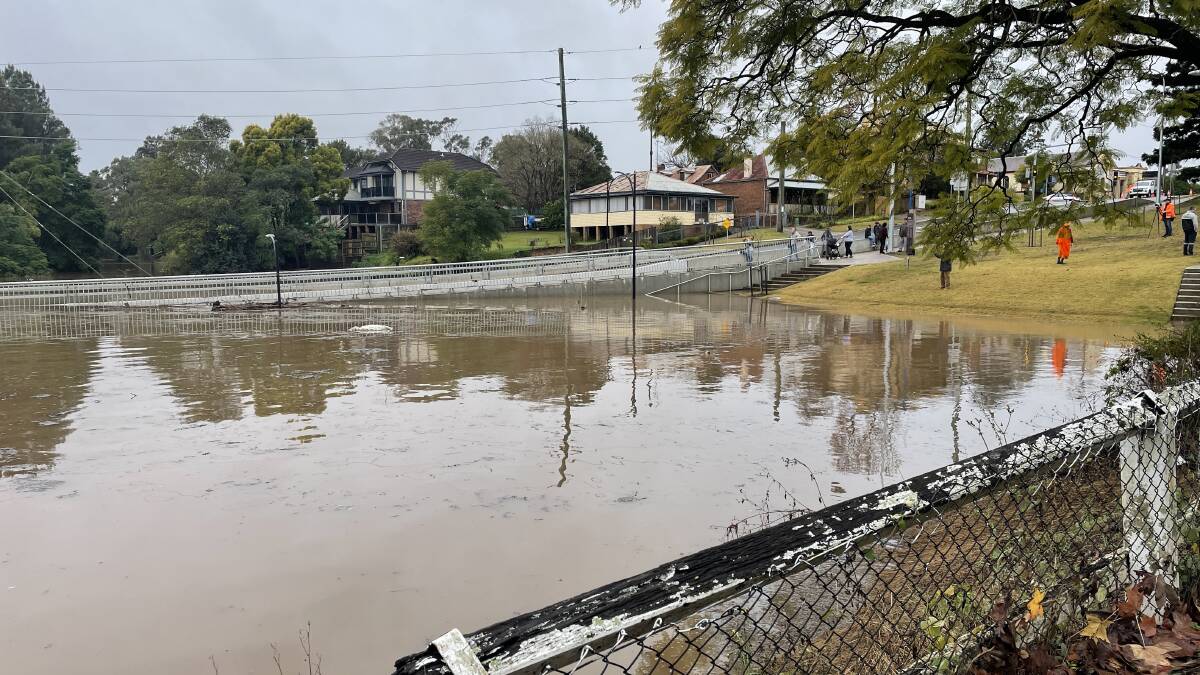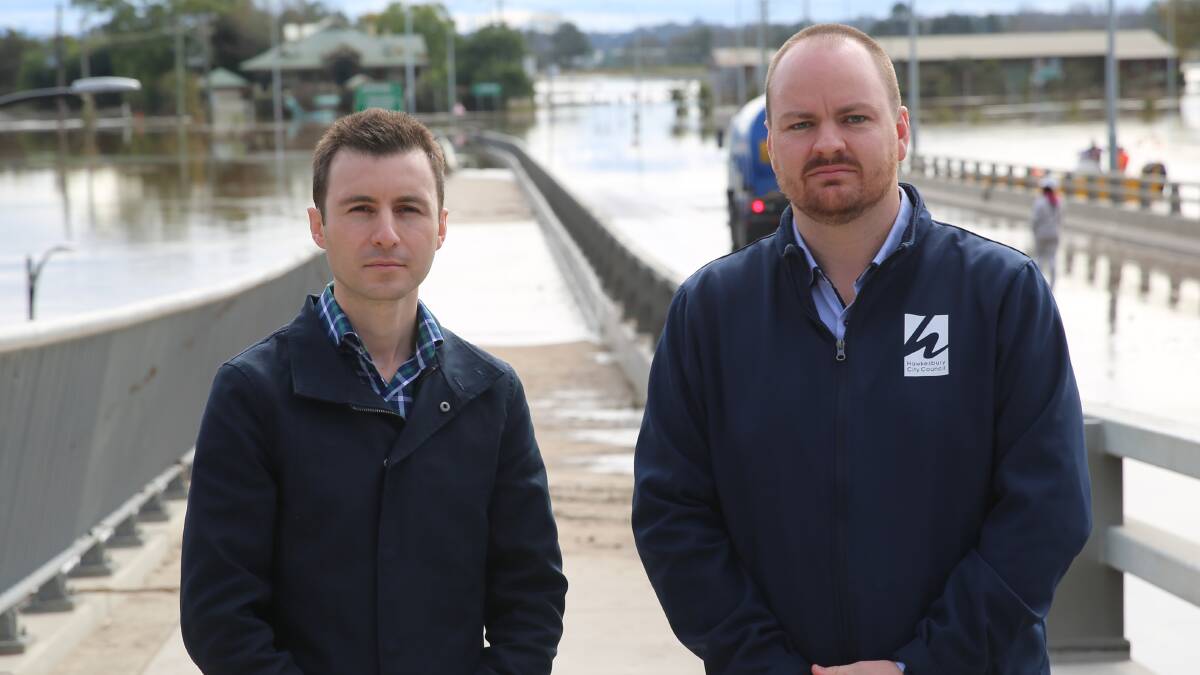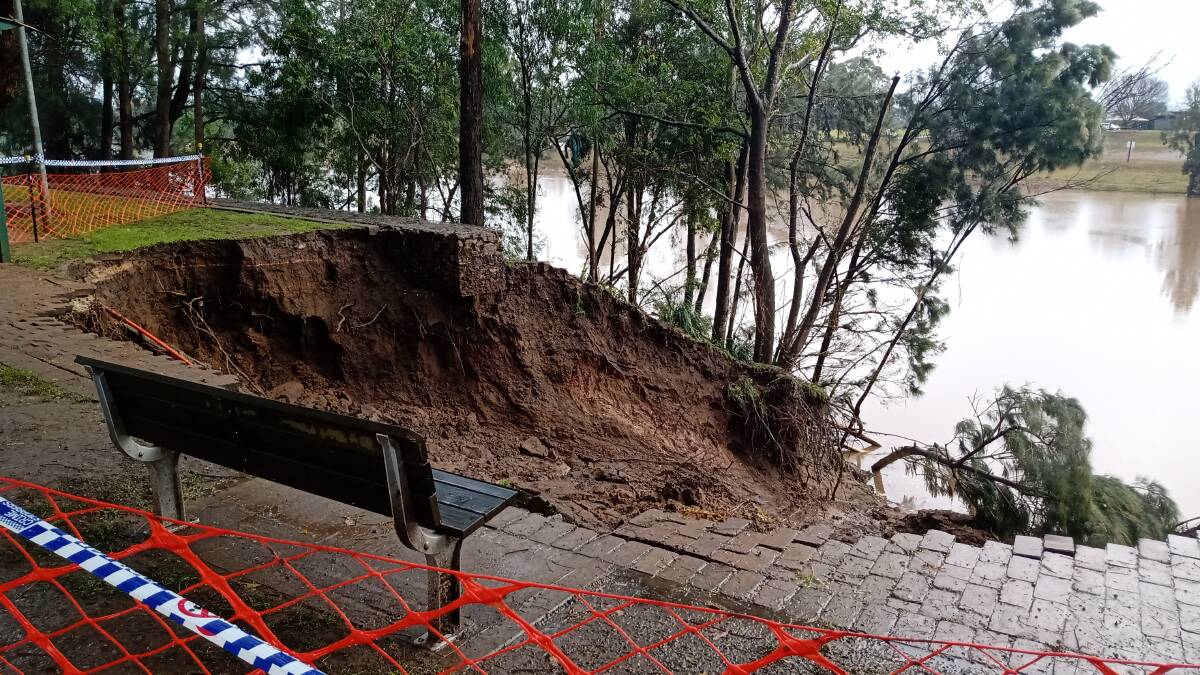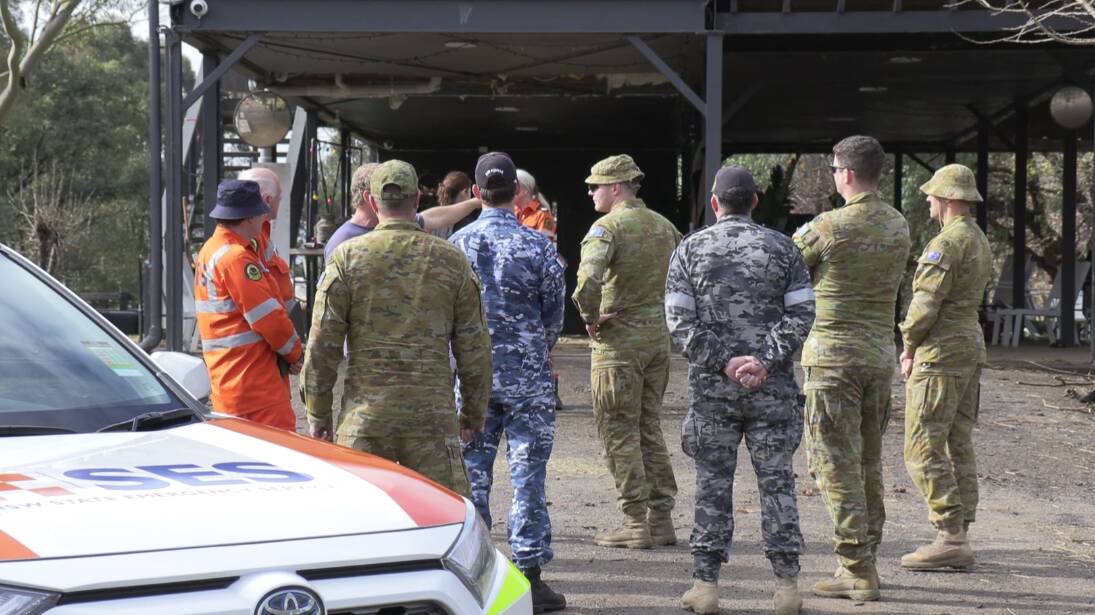As Hawkesbury cleans-up after its fifth flood in three years, questions have turned to mitigation, and what can be done to stop the severity of floods impacting our community.
There will be more floods - that much is for certain.
The NSW Government is considering a proposal to raise the Warragamba Dam wall by 14 metres to protect communities in north-west Sydney.
On the other hand, some experts believe spending more on planning and preparation on an ongoing basis to lessen our exposure to flood could save millions in post-flood recovery, and save heartache for many.
Ongoing flood planning

The Planning Institute of Australia (PIA) recommends building a framework to set-out how we deal with floods, and this needs to take into account three pillars: 1. not putting future development at risk; 2. managing properties that are already affected by flood in some way; and 3. dealing with properties that are dangerously exposed.
John Brockhoff, PIA's National Policy Director, said the framework would require input from various stakeholders including planning departments, treasuries, emergency departments and the affected communities.
"First, we need to get the future right through more conservative planning controls. We need to be very circumspect about approving developments in the floodplain, and very clear about not building where homes will get inundated and lives put at risk," Mr Brockhoff said.
"What's safe will vary across the floodplain - not just setting a 1 in 100 year level for buildings - you need to know how floods behave as well as take account of scenarios for a changing climate."
Improving how current residents get in and out during flood emergencies was part of PIA's second recommended pillar.
"We need to support making those properties more flood resilient. Whether it's changing access arrangements and even potentially lifting houses up," Mr Brockhoff said. "These sorts of initiatives should be considered before risking major engineering costs."

The third pillar involved situations in which homes are fundamentally exposed and lives are at risk: "Some homes get hit by every major flood, they are not just getting wet - it's getting more dangerous," Mr Brockhoff said.
"We need a basis to work out where there are legacy situations that are unsafe now and are going to be even less safe in the future. We need a long-term plan and budget for possible relocation and how the risk and costs might be shared between the individual and government for a resilient pattern of settlement in the Hawkesbury valley."
He said this would need to be planned for and funded year-by-year in advance, 'flipping' the expenditure so "much more money" is spent in planning, preparation and reducing the exposure, lessening the requirement for recovery spending later.
"It turns the funding pyramid upside down - and forces us to account for natural hazards not as a one off expense - but as a part of a budget to build resilience in a changing climate," Mr Brockhoff said.
Big expenditure now

There are various stakeholders who agree that raising the Warragamba Dam wall is the ultimate goal, and the Mayors of Hawkesbury City Council and The Hills Shire Council recently called for the wall to be raised as a matter of urgency.
Hawkesbury Mayor Patrick Conolly said: "If we get a flood similar to 1867 [19.68 metres], it is estimated that raising the wall will save 7,000 homes from being flooded."
Member for Riverstone Kevin Conolly agreed that the wall should be raised, and said that operating rules for Warragamba Dam should be amended.
"Controlled releases of water in the days before a rain event can reduce the dam level, enabling some more of the flood rain to be held back and reducing the peak of the flood," Mr Conolly said.
"Previous studies have shown that this measure would provide only a small reduction in flood height, maybe 20 or 30cm, but nevertheless it is a reduction which is possible and which should be seized. It is something which can be done by the state government right now."
Susan Templeman, Federal Member for Macquarie, said the issue of raising the dam wall is "not one I'm convinced about", however the community deserved a "warts and all discussion about it".

"It is time to start a conversation with people who have been flooded multiple times about whether they want to rebuild and return, or whether other options should be provided to them that would have a long term benefit," Ms Templeman said.
"What we need to see immediately is improvements to flood-prone roads, better evacuation routes and resilient phone, internet and power supplies.
"And the plan for the North Richmond Bridge duplication must look at how to make sure that project results in a more flood-resilient crossing so people west of the river are cut off for fewer days in a flood."
Something has to be done

Amanda McKenzie, CEO of the Climate Council, said there is "absolutely no doubt" that weather events like floods are being intensified by climate change.
"We've now had four major floods in the last 18 months on the East Coast of Australia, caused by the fact that our atmosphere is becoming wetter and warmer," Ms McKenzie said.
"It's not unusual for New South Wales to experience wet weather and east coast lows at this time of year. But we need to understand that all weather is being super-charged by a warmer atmosphere.
"For each degree rise in global temperature, the atmosphere can hold more moisture, meaning intense rainfall and flooding is more likely. It also means communities have less time to recover between events."
She said "serious consideration" needed to be given into relocating the most vulnerable Australians.

"Federal and State Governments should set up a scheme (like the one in QLD) that sees the government purchase the homes of people who want to break the cycle of disaster and recovery," she said.
"This is an opportunity to break the cycle of disaster and recovery, and in the long run, it will save the taxpayer money. There's $5 billion in the emergency response fund that the previous government ignored, so there is money sitting there waiting to be allocated to schemes like this."


